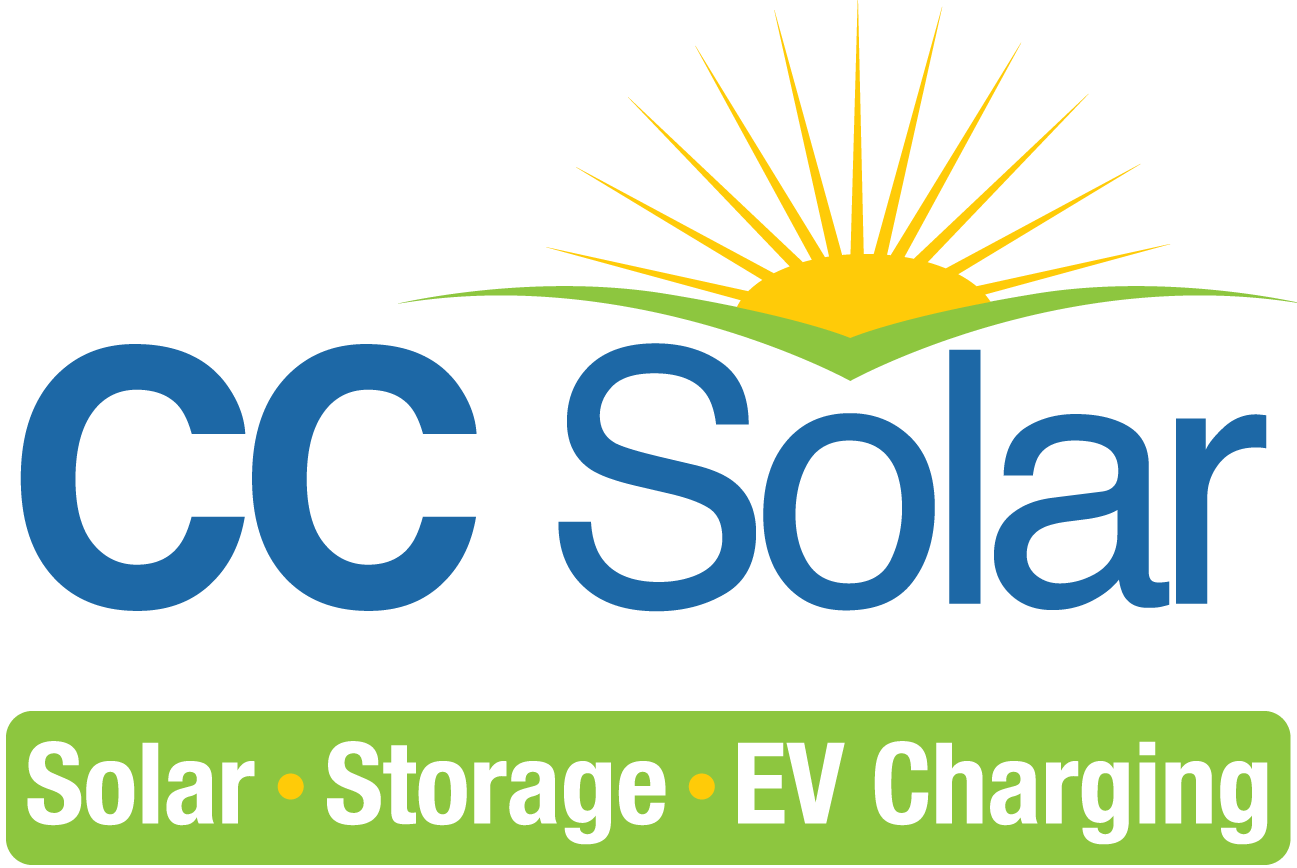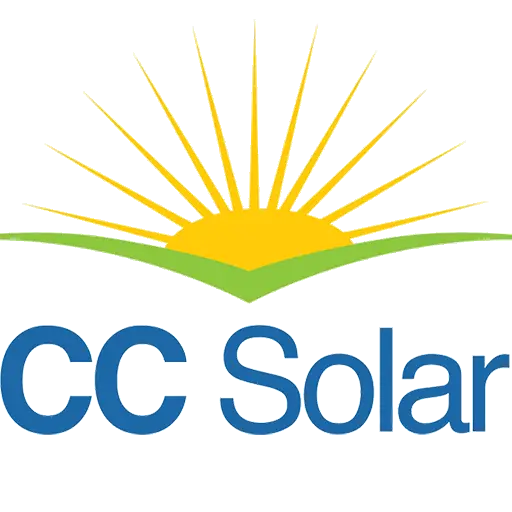Frequently Asked Questions

Still need help?
Please feel free to contact us. We will get back to you with 1-2 business days. Or just call us now.
Unit C2
Modern Moulds Business Centre Harwood Road Littlehampton West Sussex BN17 7AUCall us: 01903 734817
Solar panels are usually made from silicon, or another semiconductor material installed in a metal panel frame with a glass casing. When this material is exposed to photons of sunlight (very small packets of energy) it releases electrons and produces an electric charge.
When the sun shines on a solar panel, solar energy is absorbed by individual PV cells in the panel. These cells are made from layers of semi-conducting material, most commonly silicon.
The PV cells produce an electrical charge as they become energised by the sunlight.
This electrical charge creates a direct current (DC) of electricity.
The current passes through an inverter to turn it into alternating current (AC) electricity. This is the kind of current needed for household appliances.
The cells don’t need direct sunlight to work and can even work on cloudy days. However, the stronger the sunshine, the more electricity generated
No, solar panels don’t work at night because they need sunlight to produce electricity. However, energy generated by solar panels can be stored and used later.
Solar panels require little upkeep and no maintenance, but you should have them professionally checked once a year to ensure they’re still working efficiently. You should also make sure they’re clean and not shaded by trees. Over time, dirt, dust, and debris can accumulate on your solar panels, reducing their efficiency by up to 15%.
CC Solar offers a professional cleaning service that will:
1. Increase Energy Production:
2. Ensure System Longevity:
3. Maintain Aesthetics:
Find out more here!
Domestic solar panel systems tend to be made up of between six and 12 panels, with each panel generating around 400 to 450W of energy in strong sunlight.
Solar panels alone won’t provide electricity 24 hours a day. To go off-grid, you’ll need solar panels, a battery system, and a generator. See the next section.
The amount of money you can save by installing solar panels depends on several factors, including:
System size: The size of the solar panel system you install
Electricity usage: How much electricity your household uses
Location: Where you live
Battery storage: Whether you add a solar battery
Here are some estimates of how much you can save with solar panels:
4kW system
- A 4kW solar panel system can save you between £400 and £915 per year on electricity costs. It can cost between £5,000 and £6,000 to install, and you can break even in 7 to 12 years.
3.5kW system
- A 3.5kW system can save you between £130 and £310 per year on your bills.
5kW system
- A 5kW system can save you £600 per year. It can cost between £7,500 and £8,500 to install, and you can break even after 13 years.
Solar panels can dramatically affect your property’s value, on top of their ability to save energy, and reduce your costs.
A solar inverter, also known as a photovoltaic (PV) inverter, is a device that changes the direct current (DC) electricity produced by solar panels into alternating current (AC) electricity. AC electricity is the type of electricity that is used by the electrical grid and to power home appliances.
Solar inverters are a vital component of any solar panel system and are responsible for:
- Optimising power output: Solar inverters are designed to maximize the power output of a solar panel array.
- Safety: Solar inverters ensure the safety of the solar energy system.
- Monitoring and fault detection: Solar inverters perform precision monitoring and fault detection.
- Communication: Solar inverters communicate with the National Grid.
- Feedback: Solar inverters provide feedback information about power production.
Without somewhere to send energy produced by your solar panels, solar would be fairly inefficient—your appliances would only work when the sun is shining and your panels are working. If you don’t use the energy, it’d be wasted—and you wouldn’t be able to use it at night. Enter solar batteries, which store energy generated by your panels for use when you actually need it. Solar batteries are an alternative (or addition to) feeding energy back to the grid and can help you make your house or facility somewhat immune from power outages and even help take it off-grid entirely.
Solar battery storage tends to be in a cupboard, garage, utility room or somewhere similar as it must be close to your main consumer unit.
Solar batteries last for about 5 to 15 years. The life of the solar battery depends on its type, how well it’s maintained and how frequently it gets used.
Domestic solar panel systems tend to be made up of between six and 12 panels, with each panel generating around 400 to 450W of energy in strong sunlight.
Battery capacity:
- Measured in amp hours (Ah), this is one of the biggest factors in determining how many batteries are needed. A higher capacity battery can store more energy, so fewer panels are needed.
Power rating:
- Measured in kilowatts (kW), this is the amount of electricity a battery can deliver at once.
Depth of discharge:
- Solar lithium batteries can have a high depth of discharge, often up to 90%. This means that a significant portion of the stored energy can be used
If you have an electric car, or are considering one, being able to charge it for free, reducing your fuel costs and impact on the planet, is possibly the biggest benefit on offer. Planning to power your home and electric car with solar energy will require a larger solar PV system, so it’s worth thinking about this if you plan to installer solar panels.
Generally, larger batteries need more panels. So if you’re looking to install a solar PV system specifically for charging your car, CC Solar can advise you about the right size and type of system for your needs. On average, a solar panel system with around 8-12 panels can power an electric vehicle.
Yes, you can use a regular EV charger with solar panel charging but you’ll need a PV inverter unit that converts solar energy into electricity in order to start charging your EV with solar panels. Most installations will have an inverter as standard but it’s important to check. The inverter is what changes the current from DC to AC so you can use electricity from the panels to power your home and devices. EV home chargers use AC.
Secondly, solar panels generate power during daylight hours (when we get more sun), but most people charge their electric car overnight while they’re sleeping. So, if you want to charge your EV using that solar power at night, you’ll need a battery storage system that stores the energy generated throughout the day and then releases it when you need it – such as at night when charging your EV.
In addition to the solar panels, inverter and battery you will need a dedicated EV charge point, also known as a home EV charger or wallbox charger,
This is a wall-mounted device that’s designed to charge electric vehicles They offer a number of advantages over using a standard 3-pin plug socket, including:
Faster charging
- A dedicated EV charge point can charge an EV much faster than a 3-pin plug socket. For example, a 7kW charge point can charge an EV three times faster than a 3-pin plug.
Safety features
- Dedicated EV charge points are designed to carry the sustained electrical loads needed to charge an EV, and they have built-in safety features.
Scheduling
- Some smart EV chargers can be scheduled to start charging at a convenient time, or when demand on the grid is low.
Cost savings
- Scheduled charging can help you take advantage of cheaper off-peak electricity tariffs, which can save you money on your electric car charging costs.
Find out more about how CC Solar can help with EV Charging.
contact us
Let’s talk about your future project
To schedule a meeting with one of our product consultants, please fill in your contact details.

